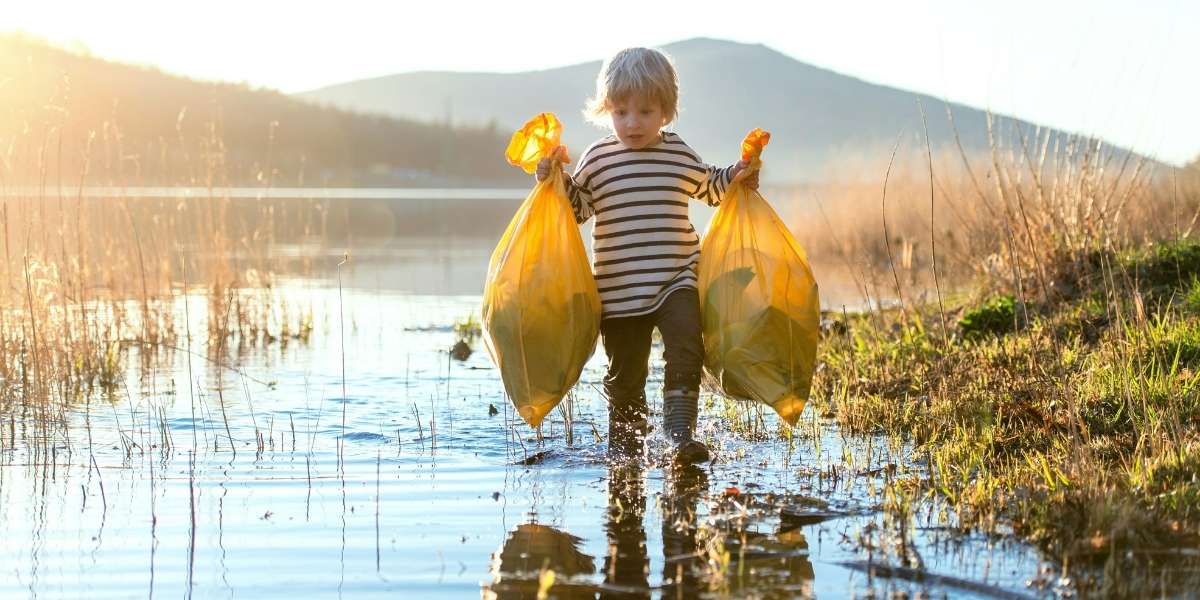Millennials vs. Gen Z: A Comparative Look
The contemporary landscape of society, culture, and the workplace is increasingly shaped by the distinct influences of Millennials and Generation Z. While often grouped together, these two cohorts, born roughly between 1981-1996 (Millennials) and 1997-2012 (Gen Z), represent different formative experiences that have shaped their unique perspectives, values, and behaviors. Understanding the nuances between them is crucial for comprehending current trends in consumer habits, communication styles, and workplace dynamics.
Read Also: Exploring Freelancing: A Career Path for Millennial Entrepreneurs
Millennials largely grew up during a period of rapid technological advancement, witnessing the rise of the internet, social media, and smartphones as they came of age. This experience made them “digital pioneers,” adapting to new technologies as they emerged. In contrast, Gen Z are true “digital natives,” having been born into a world where ubiquitous connectivity, social media, and mobile devices were already commonplace. This fundamental difference in their technological immersion is a foundational element distinguishing the two generations, influencing nearly every aspect of their lives, from how they learn and communicate to how they engage with the world around them.
How Do Their Upbringings Shape Their Perspectives?
The formative years of Millennials and Gen Z were marked by distinct societal and economic climates, which significantly shaped their worldviews. Millennials, also known as Generation Y, largely came of age during a period of relative economic prosperity before experiencing major shifts like the Great Recession. This often led to a more optimistic outlook, a focus on personal fulfillment, and a belief in the power of collaboration. Many were encouraged to pursue higher education, often leading to significant student debt but also a strong drive for career development and purpose-driven work. Their parents were largely Baby Boomers, who often instilled a sense of optimism and high expectations.

Photo Credit: Unsplash.com
Conversely, Gen Z grew up in the shadow of the Great Recession and amidst a more volatile global landscape, witnessing events like widespread economic uncertainty, social unrest, and rapid technological disruption from a young age. This has often fostered a more pragmatic, realistic, and sometimes skeptical perspective. They tend to be more financially cautious, valuing stability and often prioritizing financial security earlier in their careers. Their parents are primarily Generation X, known for their independence and a more “do-it-yourself” mentality, which has subtly influenced Gen Z’s often self-reliant approach.
What Are the Key Differences in Their Technology Use and Communication?
Both Millennials and Gen Z are highly proficient with technology, but their comfort and preferences for its use differ. Millennials are “digital immigrants” in the sense that they adapted to the internet and mobile technology as it evolved. They embraced platforms like email, early social media sites, and instant messaging for communication, and often value technology for convenience and efficiency. They are comfortable with both text-based communication and longer-form content.
Gen Z, on the other hand, are “digital natives,” having never known a world without the internet or smartphones. Their relationship with technology is intrinsically woven into their daily lives. They tend to prefer highly visual, short-form content and instant communication, favoring platforms centered around video and images. Their expectations for seamless digital experiences are exceptionally high, and they are often quicker to adopt emerging technologies. This difference influences everything from their social media consumption habits to their expectations for digital customer service, with Gen Z often demanding more immediate and personalized digital interactions.
How Do Their Workplace Attitudes and Expectations Differ?
The distinct upbringings and technological fluency of Millennials and Gen Z translate into varying attitudes and expectations within the professional sphere. Millennials often seek meaningful work, a strong company culture, and opportunities for career development and growth. They value work-life balance and flexibility, having often experienced the push for long hours. Collaboration, mentorship, and a sense of purpose in their work are significant motivators for this generation, and they typically prefer structured feedback and clear pathways for advancement.
Gen Z, while also valuing purpose and work-life balance, often places a stronger emphasis on flexibility, autonomy, and individual achievement. They are more open to exploring various job opportunities and are less tied to traditional career paths, often embracing the gig economy or entrepreneurial pursuits. They prefer real-time, frequent feedback and demand a high level of technological sophistication in their workplaces. Gen Z is also highly vocal about diversity, inclusion, and social issues, expecting their employers to take a stance on these matters and reflect their values. Their desire for efficiency and a pragmatic approach often leads them to seek out roles that provide immediate impact and skill development.
What Distinguishes Their Consumer Behaviors and Values?

Photo Credit: Unsplash.com
In the marketplace, both generations exert significant influence, yet their purchasing habits and underlying values often diverge. Millennials, shaped by their adaptation to the digital age, tend to research products thoroughly, read reviews, and value brand reputation and authenticity. They often align their purchasing decisions with brands that demonstrate social responsibility and sustainability. This generation is known for prioritizing experiences over material possessions, leading to spending on travel, dining, and cultural events. They were pioneers in online shopping, valuing convenience and variety.
Gen Z, as digital natives, exhibits more individualistic consumer behaviors, driven heavily by social media trends and influencer endorsements. They tend to prioritize visual appeal, immediate gratification, and personalized experiences. While also valuing sustainability, their approach can be more activist-oriented, and they are often quicker to boycott brands that do not align with their personal beliefs. They are highly adept at price comparison and are more comfortable with subscription services and the sharing economy. Their skepticism towards traditional advertising means that authenticity and transparency from brands are paramount, and they often engage with brands through conversational and interactive digital channels.
Why Is Understanding Generational Differences Important?
Recognizing the distinct characteristics of Millennials and Gen Z is not merely an academic exercise; it carries significant implications across various sectors of society. For businesses, understanding these generational differences is crucial for tailoring marketing strategies, designing products, and shaping customer service approaches that resonate with each group’s unique preferences. In the workplace, it informs recruitment, retention, and leadership strategies, fostering environments where both generations can thrive and contribute effectively.
Read Also: Discover the Evolution of Hybrid Music Genres
Beyond commerce and careers, appreciating these distinctions helps to interpret evolving social trends, communication patterns, and civic engagement. It highlights how different formative experiences can lead to divergent views on everything from financial security to social justice. Ultimately, comparing Millennials and Gen Z provides valuable insights into the dynamic nature of societal evolution, allowing for more informed decision-making and fostering a greater understanding between the generations shaping the present and future.
















